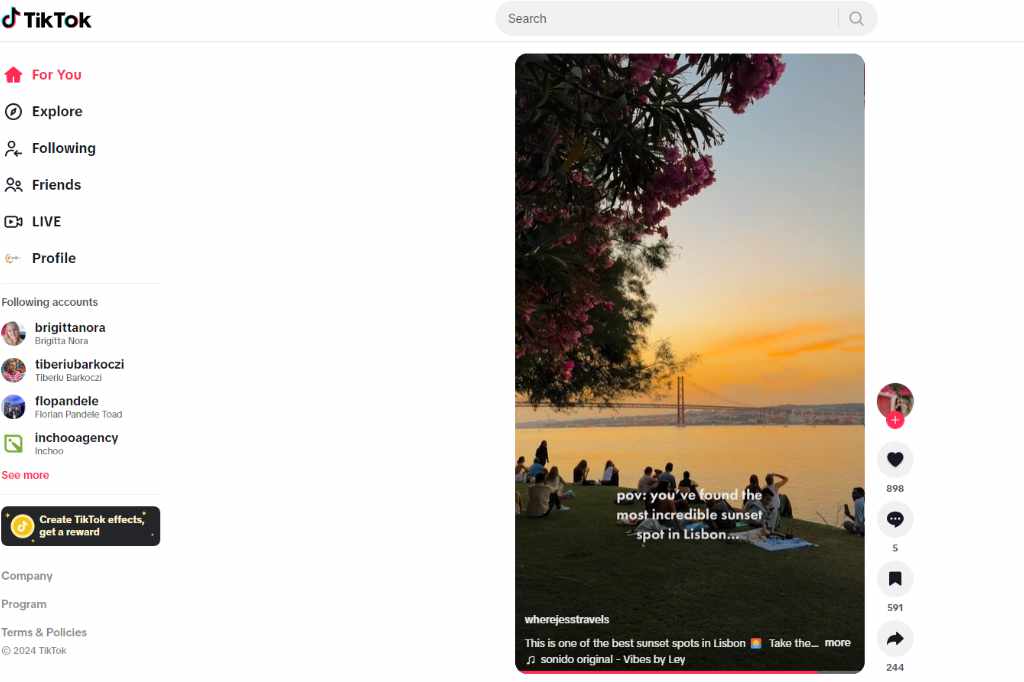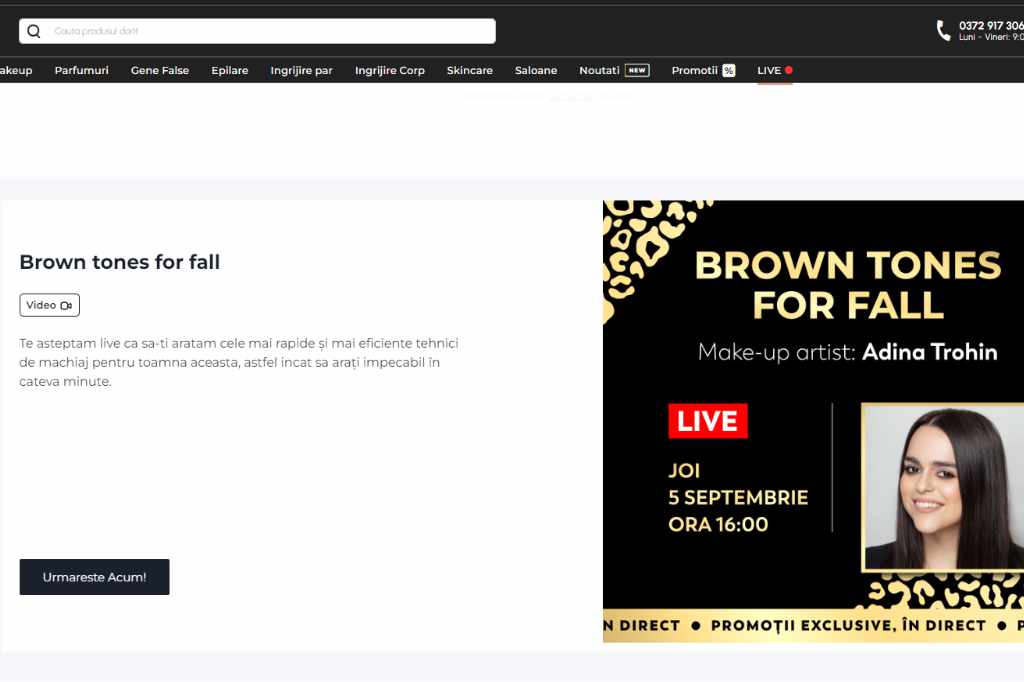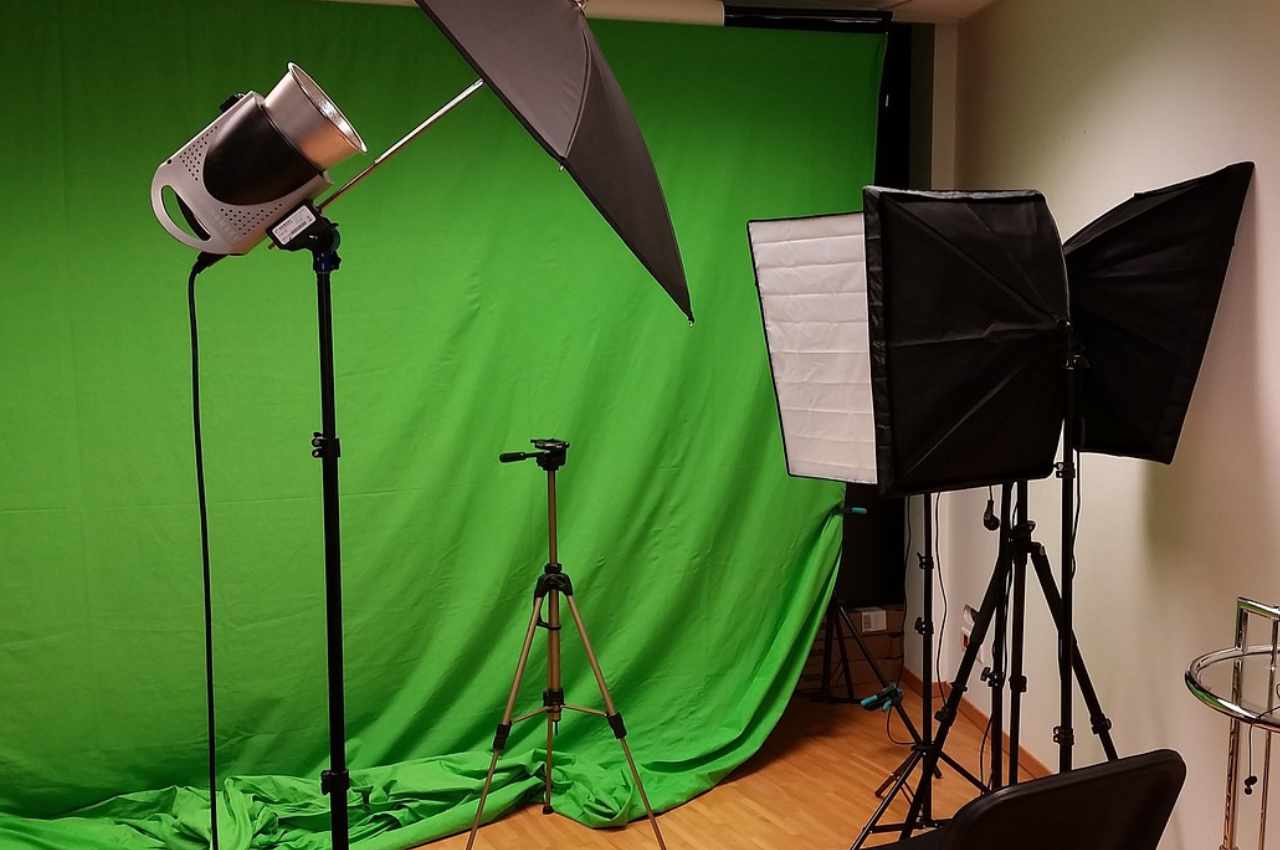Engaging Your Audience Visually – The Power of Video Marketing and Live Shopping
Nowadays, people get so much information from many different channels, that grabbing and holding someone’s attention can feel a lot like trying to run a market stall with tens of competitors around. Imagine a frenzy where people are trying products, some are just window shopping, and others are distracted by shiny displays around them. But the moment you start talking to them, showing them how something works, or offering a demo right there in the store, they stop, pay attention, and often walk out with a purchase. That’s exactly how visual content is transforming audience interaction online. Video has become that friendly store associate who engages passersby and turns curiosity into interest. Add live shopping into the mix and it all starts to be like hosting an in-store event, complete with live demos and flash sales, pulling in a crowd and keeping them engaged in real-time.
We’re experts in eCommerce development services and we’re here to help you choose the right solution for your business.
Various studies showed that in 2023, globally, 3.5 billion people were digital video viewers, with 82.5% of all internet traffic attributed to online video. On average, users watched around 19 hours of video content per week. Additionally, shoppable video ads and interactive videos have proved to increase conversion rates by up to 70%, so it’s no wonder why they are massively being used as a tool for driving purchasing decisions.
Live shopping saw substantial growth in 2023, driven by platforms like TikTok, Instagram, and YouTube. Fueled by the GenZ’s constantly growing buying power, expectations are that the live shopping market in the U.S. will grow to $55 billion by 2026. In China, the industry is already robust, valued at over 4.9 trillion yuan at the end of 2023.
The rise of visual content in Marketing
Let’s face it, videos are a joy to watch. They capture attention more effectively than other media because they engage multiple senses simultaneously, combining visual, auditory, and often emotional stimuli to create a more immersive experience.

Compared to text or static images, videos can transmit complex ideas quickly, demonstrate products in action, and foster a sense of relatability and authenticity.
Inspired by cinematography, at their very beginnings, videos were long, many times requiring complex editing. Posting a raw, unedited video was mere blasphemy. Along came TikTok and Instagram reels and proved them all wrong. Driven by a shorter attention span, people wanted short, dynamic formats.
With a good smartphone in hand and a good level of creativity, nowadays, everyone can be a video content maker. It’s no surprise that video content generates 10 times more engagement than static posts on social media platforms like Twitter, and 64% of consumers make purchases after watching brand videos, showcasing its powerful influence on decision-making.
Recently introduced, interactive elements, such as clickable links in shoppable ads, further enhance user engagement by driving immediate actions.
A good video can boost engagement and conversions by creating emotional connections. That’s why video content creators employ what’s called emotional storytelling, a strategy that taps into viewers’ feelings, building deeper connections with the audience by showcasing relatable stories or values. A good example is Nike’s “Dream Crazy” campaign featuring footballer Colin Kaepernick. The video evoked so many powerful emotions around social justice that made it memorable and impactful.
Good videos also have high shareability, encouraging social sharing and increasing the viral potential of compelling content. Videos are twice as likely to be shared as other types of internet content, and platforms like TikTok have demonstrated the viral power of short, creative videos.
The emergence of Live Shopping
Live shopping has been around for quite some time now; in fact, the first live video shopping show on TV happened about 40 years ago. Today’s Live shopping has come a long way, merging real-time video streaming with e-commerce and allowing consumers to engage with products and make purchases while watching a live broadcast. This format combines the entertainment value of live video with the convenience of online shopping, often featuring influencers, celebrities, or brand representatives who showcase products, answer questions, and interact with viewers in real time.
This immersive and interactive nature of live shopping helps replicate the experience of in-store shopping by offering immediate feedback, demonstrations, and recommendations. Platforms like TikTok, Instagram, and YouTube, along with dedicated live shopping platforms, have been integral in growing this trend, enabling brands to reach and engage with large audiences across social media.
One success story is Alibaba’s Taobao Live in China, which has transformed live shopping into a cultural phenomenon. During major events like Singles’ Day, influencers and celebrities host live streams showing products, which often sell out within minutes. In 2022, over 62 influencer-led streams exceeded sales of $14.2 million.
This success has been replicated by U.S. brands like Michael Kors and Coach, who used live shopping to engage millions of viewers and drive significant sales. Other retailers like Nordstrom wanted to lead the way and have already developed and launched their own livestream shopping platforms.
At the moment, there are a few third-party platforms that integrate seamlessly with most of the eCommerce software available on the market now. Channelize.io, LiSA, Bambuser and OnLive are some of the most important names, but we are sure that, as time passes, there will be more options available. This might be the preferred option as it gives retailers the biggest control on inventory management, carts, and customer accounts data.
Creating Compelling Video Content
As with every marketing endeavor, understanding your audience is critical for creating video content that resonates.

This will help you identify the preferences, pain points, and motivations of your target demographics. For this, tools like Google Analytics, social media insights, or other third-party extensions that your eCommerce platform might have will definitely offer valuable data on viewers’ interests.
Let’s face it, Nike’s “Dream Crazy” video had such a big impact because it celebrated diversity and empowered underrepresented voices in American society, encouraging people from all backgrounds to pursue bold, fearless dreams despite societal challenges.
If we take it as a best case example, we can see that it also told an engaging story, a powerful tool for capturing attention and creating an emotional connection with the audience. The video length is ideal, but this usually varies by platform. Shorter videos tend to perform better. For instance, videos under 60 seconds on Instagram and TikTok get the most engagement, while YouTube videos benefit from lengths between 6 to 12 minutes.
They also used various techniques to maintain viewer interest, like using dynamic visuals, incorporating quick cuts and adding text overlays. The first few seconds captured attention immediately, presenting an intriguing social fact.
Successful Live Shopping Events
Once you have the right infrastructure in place to create live shopping events on your online shop, there are a few steps you should follow to make it as successful as possible. First and foremost, planning is key. While maintaining a natural feel, having a script helps guide the flow of the event and ensures no important details are missed.
Timing is also crucial; analyze when your target audience is most active online. Research shows that evening or weekend slots tend to attract higher attendance.
Treat this as any other important marketing endeavor, so build anticipation to attract viewers through social media, email campaigns, and even paid ads. Additionally, if you use influencers or brand ambassadors in the event, use them to promote it, as it can expand its reach and credibility.
During the event, make sure that the host is interactive, asking viewers questions, addressing comments, and encouraging real-time feedback through features like live Q&A sessions. Consider integrating interactive elements such as polls, quizzes, and live giveaways to maintain excitement. Exclusive discounts or limited-time offers presented during the stream can create urgency and drive immediate purchases.
One of our esteemed clients, Cupio, integrated live shopping streams into their online shop. During these planned streams, customers can watch product demonstrations in real time, ask questions, and make purchases directly. The streams often feature exclusive deals and offers, creating a sense of urgency and excitement for shoppers.
These two approaches are some of the most efficient ways to bring the human factor into online shopping. It enhances customer engagement and provides a highly personalized shopping experience.
If you want to know more about our list of services at Clever++, please visit our website.




